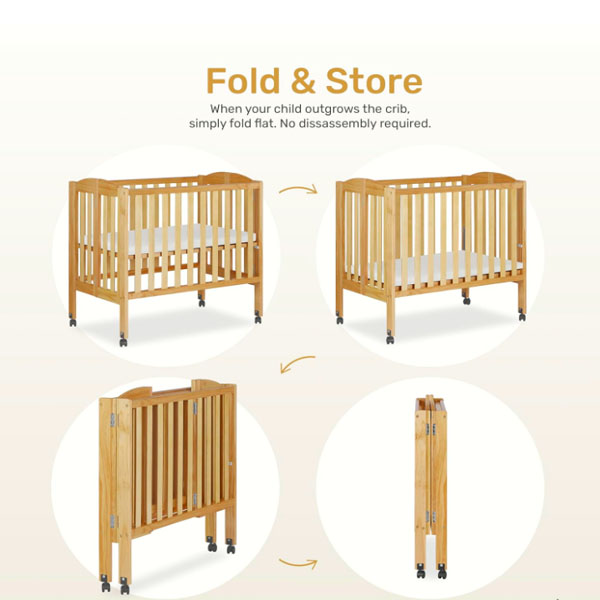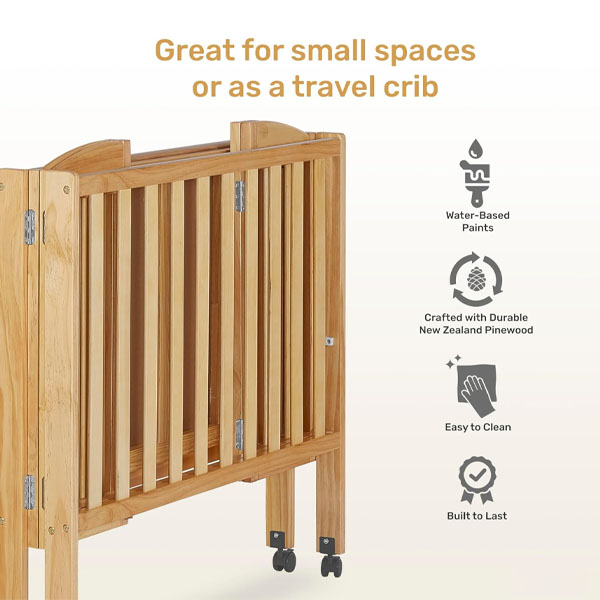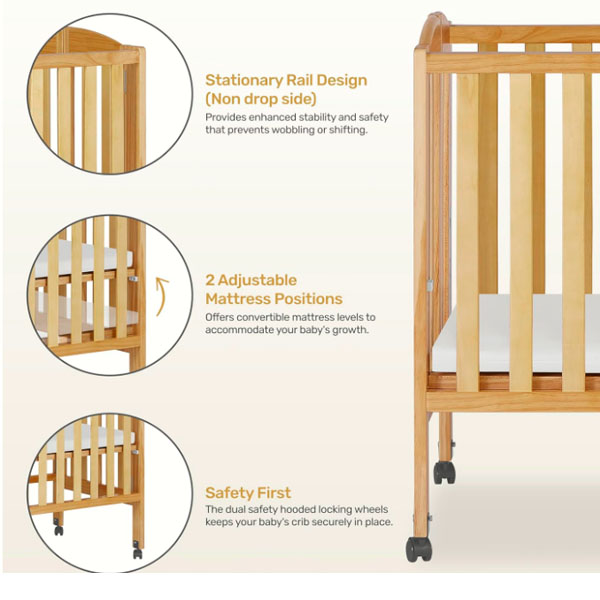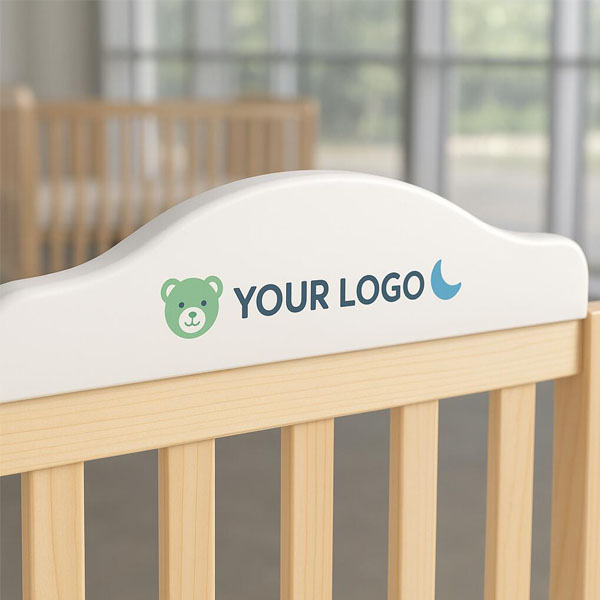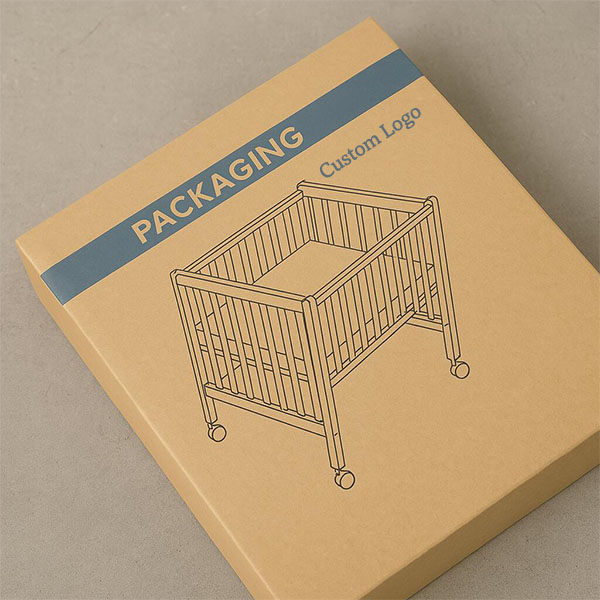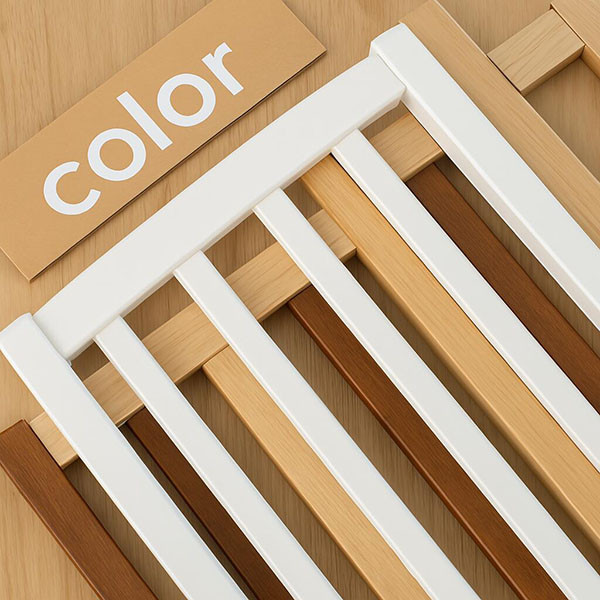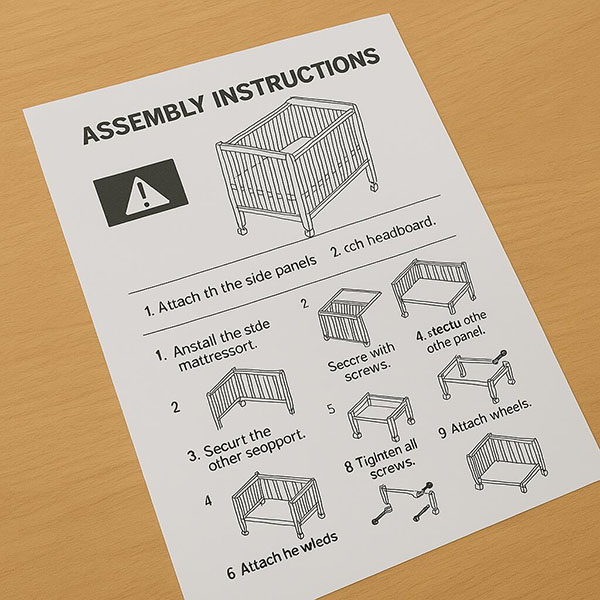Can you attach a crib to a bed?
You want to keep your newborn close for peace of mind and easier nights, but you’ve heard bed-sharing is unsafe. Trying to just push a standard crib against your bed seems like a risky, unstable solution.
Yes, you can safely attach a specially designed crib to your bed. These are called "sidecar cribs" or "bedside sleepers," and they are built with a secure attachment mechanism that creates a safe, gap-free sleep space for your baby right next to you.
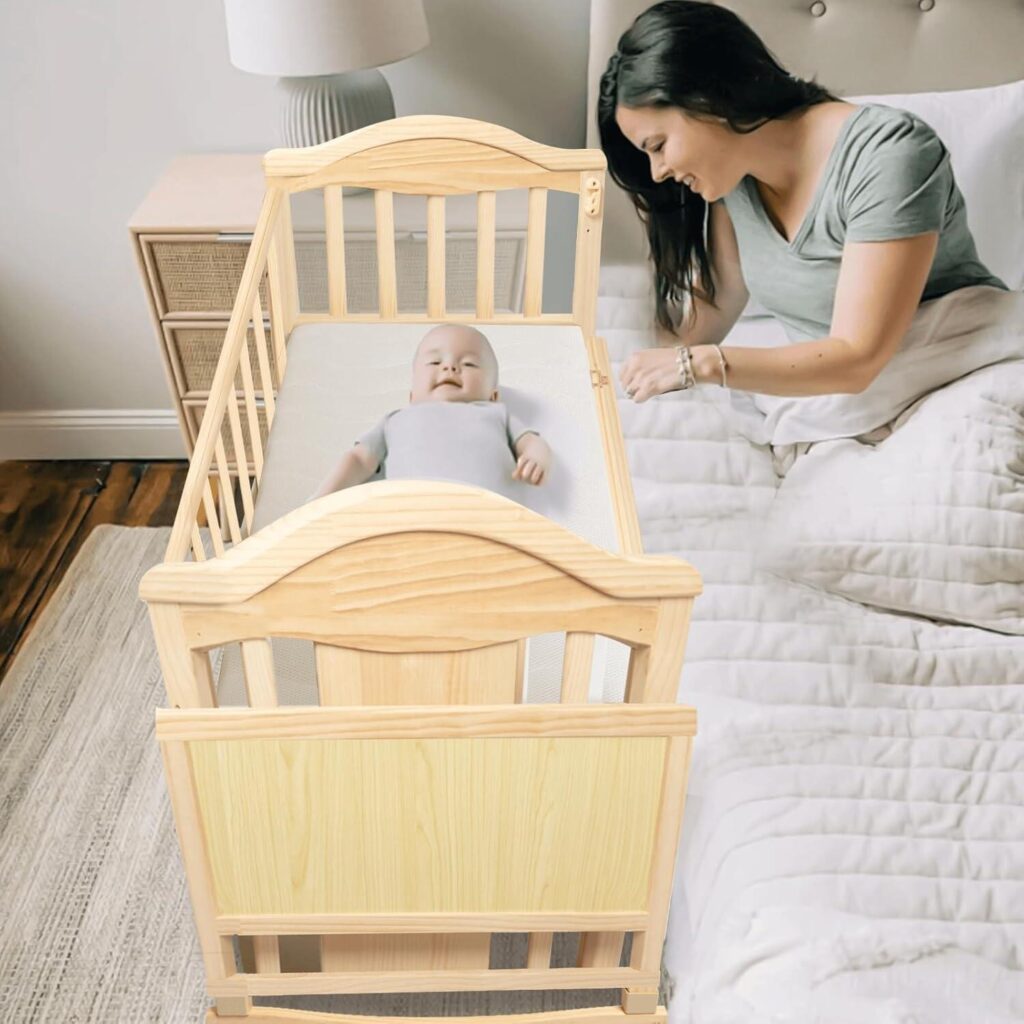
I discuss this question frequently with brand partners. It perfectly illustrates how the baby furniture industry is evolving. Parents are no longer just buying a product; they are choosing a solution that fits a specific parenting philosophy. The rise of co-sleepers shows a clear demand for products that support close bonding without compromising on safety. This shift from pure function to lifestyle integration is something we, as manufacturers, must embrace.
What is a sidecar crib?
You want the intimacy of co-sleeping without the dangers. Standard cribs feel too distant, leaving you to get out of bed for every little stir. There has to be a better way.
A sidecar crib is a small crib or bassinet with three full sides and one lower or open side. It is designed to fasten securely to an adult bed frame, allowing your baby to sleep in their own space while being within arm’s reach.
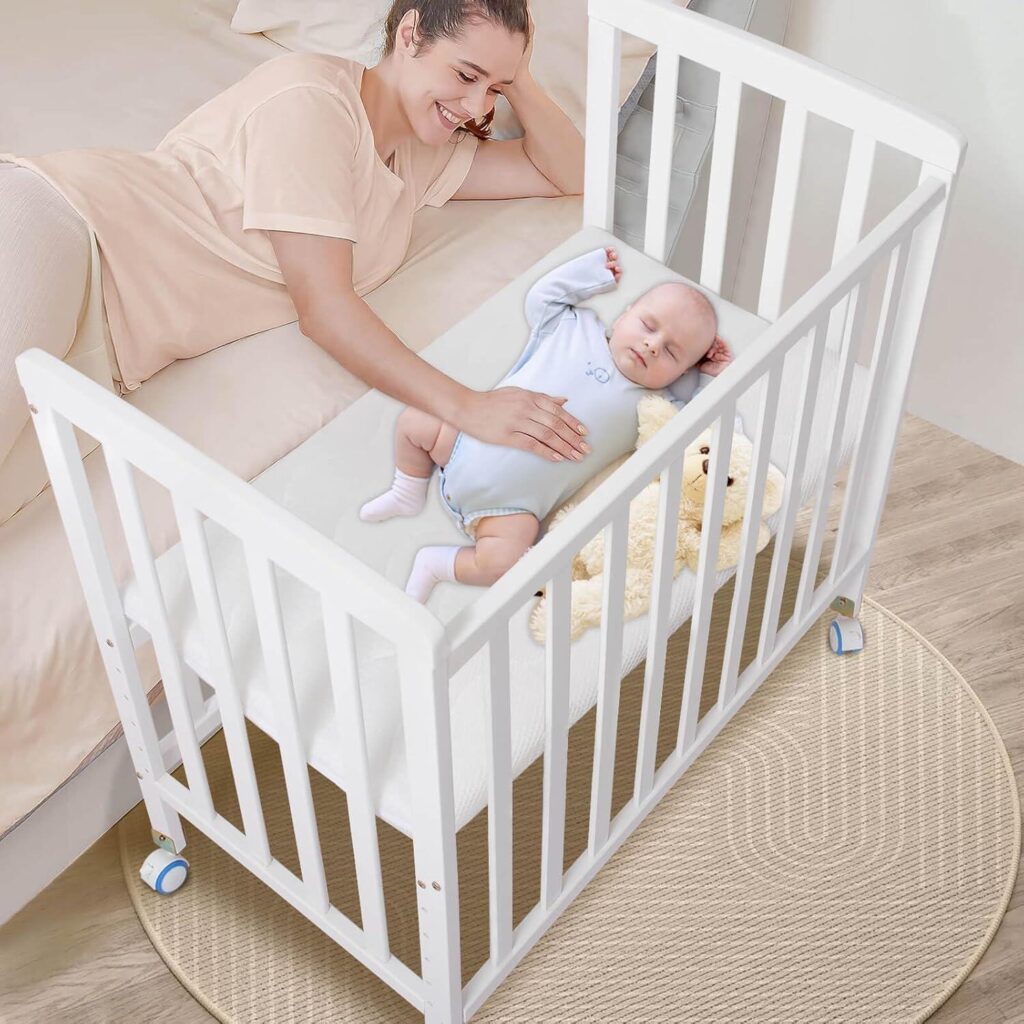
The sidecar crib is a direct answer to the needs of modern parents who value close connection. From a manufacturing perspective, the entire design hinges on one critical element: the attachment system. It must be robust, reliable, and create a perfectly flush connection with the adult mattress. There can be absolutely no gaps where a baby could slip or become trapped. This is why these products have their own specific safety standards, like ASTM F2906 in the United States. They are a purpose-built solution that merges a parenting philosophy—attachment and responsiveness—with the non-negotiable requirement for certified safety. We help our brand partners develop these products to give parents the peace of mind they need to sleep soundly themselves.
Are drop rail cribs illegal?
You might come across an older, second-hand crib with a side that slides down for easy access. It seems convenient, but you have a feeling it might not be safe anymore.
Yes, drop rail (also called drop-side) cribs are illegal to manufacture, sell, or even give away in the United States and Canada. They were banned in 2011 after being linked to numerous infant injuries and deaths due to hardware failure and entrapment risks.
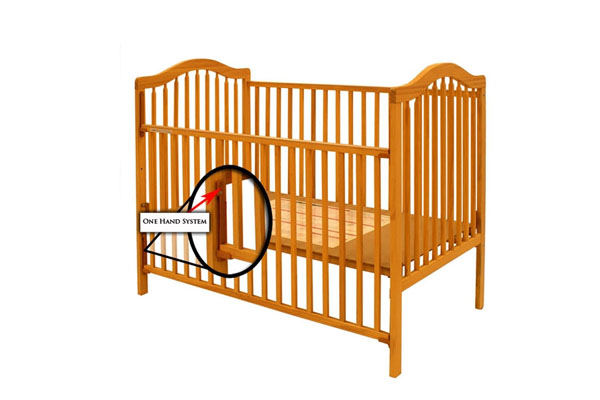
The ban on drop-side cribs was a landmark moment for our industry. It truly forced all manufacturers to innovate and prioritize structural integrity above all else. The problem was that the sliding mechanism hardware could break or wear out over time. This could create a dangerous V-shaped gap between the mattress and the drop-side, where a baby could become trapped and suffocate. At my company, our safety protocols are built on learning from these past failures. All our cribs use strong, fixed sides with no moving parts that could weaken over time. This ban underscores a critical point I make to all buyers: safety regulations are not just suggestions; they are strict rules written to prevent tragedies, and compliance is the absolute foundation of a trustworthy brand.
What is a modular crib?
Your living space is limited, or you want furniture that can grow with your child beyond the toddler years. A standard crib seems like a purchase with a very short lifespan.
A modular crib is a versatile sleep system designed to be reconfigured into multiple types of furniture. It can often transform from a mini-crib to a full-size crib, then later into a toddler bed, chairs, or even a small desk.
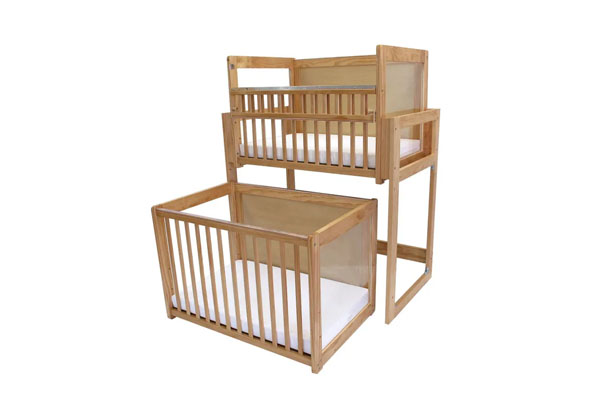
Modular cribs represent the peak of functional and sustainable design, a trend driven by urban living and eco-conscious parents. This is about more than just a simple conversion kit for a toddler bed. A true modular system is about long-term value and adapting to a family’s changing needs. From a manufacturing standpoint, this requires incredibly precise engineering. Each module must connect perfectly, and every single configuration must be independently stable and safe. We work with brands to create these systems that are both clever and incredibly robust. For parents, it’s a way to invest in a high-quality piece of furniture that stays useful for years, reducing waste and justifying a higher initial cost. This is a perfect solution for the modern family that values smart design, functionality, and sustainability.
What’s the difference between a crib and a mini crib?
You’re trying to plan your nursery space, especially if it’s a smaller room or you plan to keep the baby in your bedroom. A standard crib seems too big and bulky.
The main difference is size. A standard crib has a legally defined interior dimension (about 28 x 52 inches). A mini crib is smaller and more compact, making it ideal for small spaces, room-sharing, or as a transition from a bassinet.
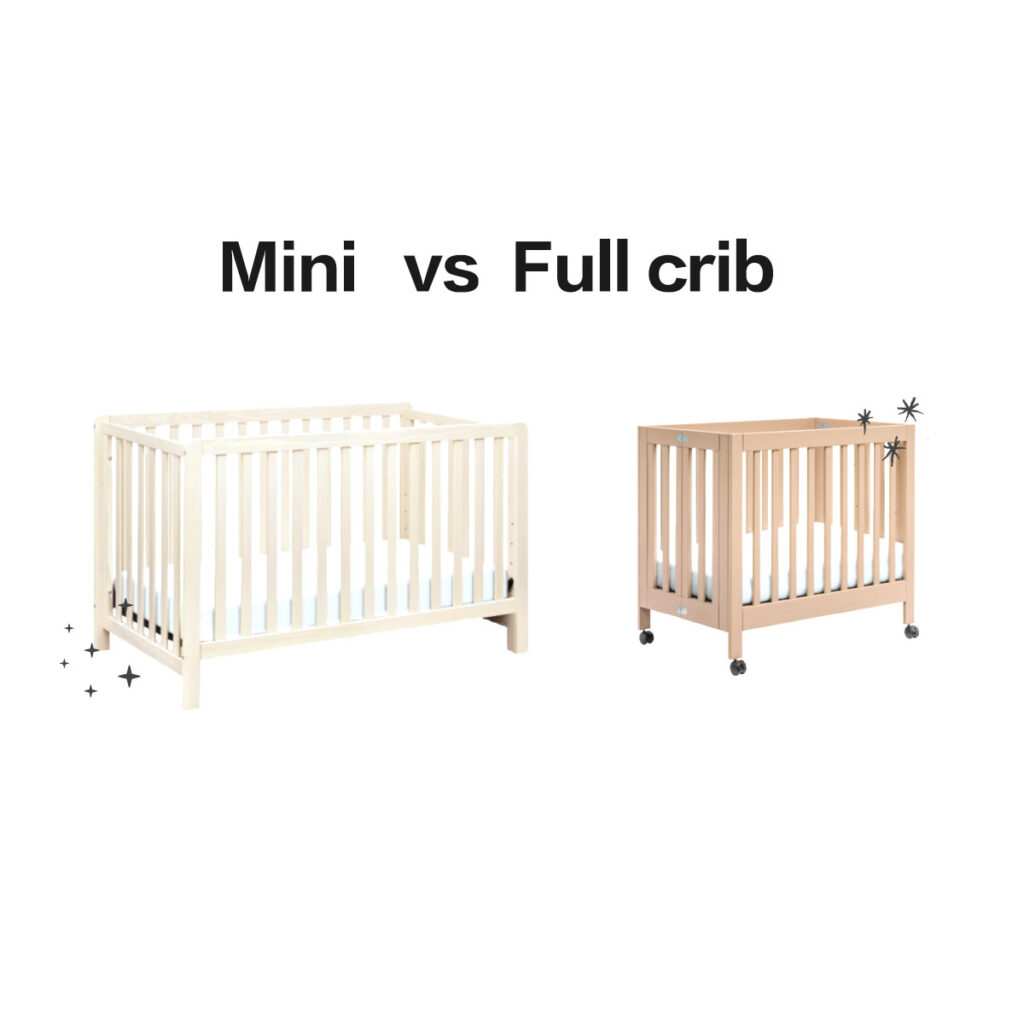
The rise of the mini crib is another trend we’ve responded to directly. It’s driven by the reality of modern urban life, where families often live in smaller apartments or condos. A mini crib allows parents to have a safe, dedicated sleep space for their baby without sacrificing an entire room. It’s a popular choice for the first 12-18 months. As a manufacturer, the key is ensuring that these smaller cribs meet the exact same rigorous safety standards as their full-size counterparts. The slat spacing, structural integrity, and material safety must be identical. We produce mini cribs for brands targeting city-dwelling parents who need to maximize every square foot but refuse to compromise on safety. It’s a lifestyle product born from a practical need.
What is a stackable crib?
You might see pictures of cribs stacked on top of each other and wonder how this could possibly be safe. This configuration seems totally different from a home nursery setup.
Stackable cribs are specialized, commercial-grade cribs designed for use in childcare centers, daycares, or hospitals. They have features like reinforced frames and evacuation casters, and they are designed to save space by being safely stacked when not in use.
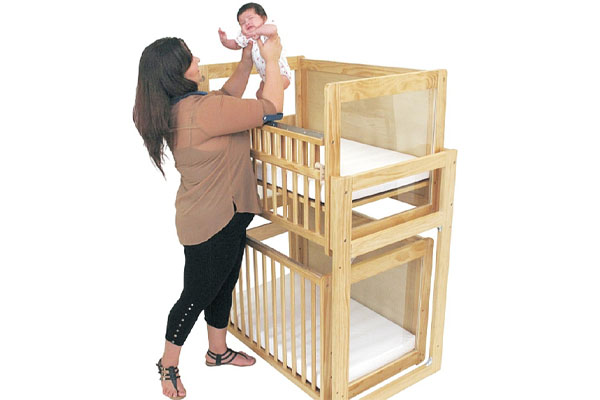
Stackable cribs are a perfect example of how a product must be engineered for its specific environment. These are not intended for home use. The design priorities are durability, space efficiency, and emergency preparedness. We manufacture these with stronger materials, often using steel frames and heavy-duty hardware to withstand constant use and cleaning. The most important feature is often the industrial-strength casters, which allow a caregiver to evacuate multiple infants quickly in an emergency. The ability to stack them is purely for storage to maximize floor space in a classroom. They highlight a different segment of the market, where the aesthetic beauty so valued by parents is less important than extreme durability and utility. It’s a reminder that a "crib" can be many things, each designed for a specific purpose and user.
A few other questions you asked me.
What is a Montessori crib?
A "Montessori crib" is a concept, not a product. It refers to a floor bed, which is a mattress on a very low frame. It is built on the philosophy of child independence, which is the opposite of a traditional crib’s goal of containment for safety.
What is a box crib?
This is an older, more generic term. It usually just means a simple, basic, four-sided crib. Sometimes it refers to commercial hospital cribs made of thick plastic or metal—a functional box for a baby, prioritizing utility over style.
Conclusion
The modern crib is a statement piece. It reflects your parenting philosophy, your design taste, and your lifestyle. True success in this market means blending a strong concept with certified safety and beautiful execution.




